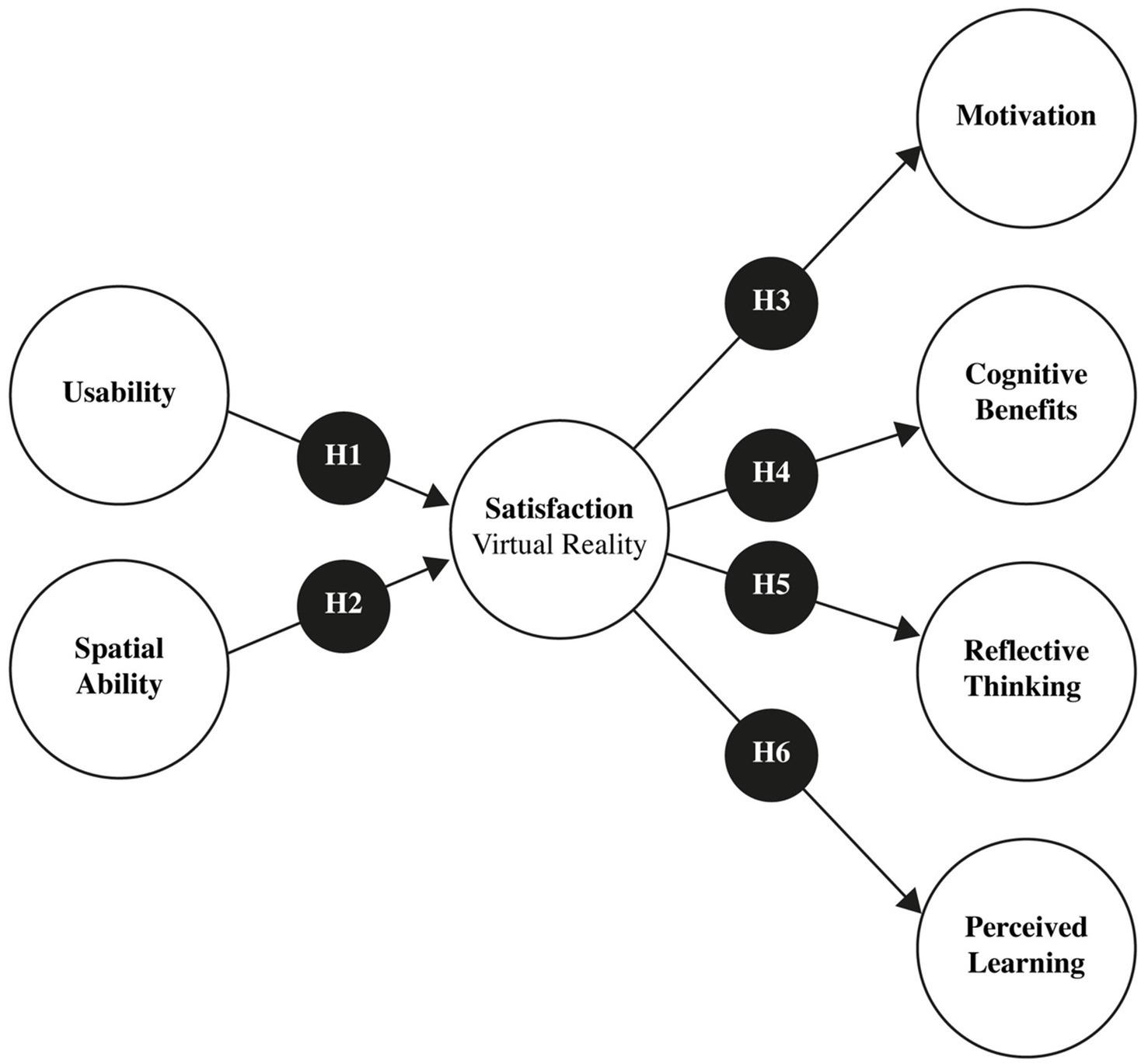Mastering Virtual Classrooms: Effective Strategies for Training Teachers in VR/AR Tools
Virtual reality (VR) and augmented reality (AR) are transforming the landscape of digital education. As classrooms evolve into interactive, immersive learning experiences, it becomes vital for educators to adapt quickly and master thes innovative VR/AR tools. In this comprehensive guide, we’ll explore how to train teachers to not only use but excel in virtual classrooms, boosting both engagement and student outcomes.
Introduction: The rise of VR and AR in Education
The last decade has witnessed exponential growth in virtual classroom technologies. From interactive virtual field trips to immersive science labs,VR and AR tools empower teachers to create more engaging and effective learning environments. However, introducing these advanced technologies raises key challenges—mainly, how to ensure that teachers are well-trained to integrate them seamlessly into their pedagogy.
The Benefits of VR/AR Tools in Virtual Classrooms
Before delving into training strategies, let’s look at how VR and AR tools in education enhance teaching and learning:
- Immersive Experiences: Bring abstract concepts to life through 3D models, simulations, and virtual environments.
- Enhanced Engagement: Interactive activities increase student motivation and participation.
- Personalized Learning: Customizable lessons cater to diverse learning styles and paces.
- Safe Learning Environments: Simulate experiments or fieldwork without the risks and limitations of physical settings.
- Collaboration Opportunities: Foster global collaboration through shared virtual spaces.
Despite these benefits, the successful adoption of VR/AR depends on well-trained educators who feel confident and equipped to leverage these tools.
Challenges Faced by Teachers in Adopting VR/AR Tools
- Technical Barriers: Lack of familiarity with VR headsets or AR apps may intimidate educators.
- Time Constraints: Busy schedules make it tough for teachers to engage in lengthy professional growth.
- integration with Curriculum: Teachers may struggle to align VR/AR experiences with educational standards and learning goals.
- Resource Availability: Limited access to hardware and reliable internet connections can pose obstacles.
Effective Strategies for Training Teachers in VR/AR Tools
Developing a successful VR/AR teacher training program involves more than just technical workshops. Here are proven, actionable strategies:
1. Offer Hands-On Training Sessions
- Use immersive workshops where teachers can experience VR/AR as learners first.
- Facilitate guided “sandbox” sessions for teachers to experiment with VR/AR tools without fear of making mistakes.
- Leverage peer-to-peer learning, encouraging teachers who master the technology quicker to support colleagues.
2.Integrate VR/AR into Everyday Teaching Practice
- Structure training around real lesson plans and actual learning objectives, not just tool features.
- Provide ready-made VR/AR lesson modules or templates to streamline adoption.
- Encourage microlearning—short, focused training sessions that fit into teachers’ busy schedules.
3.Foster a Supportive Community
- Set up online communities or forums for ongoing Q&A, sharing experiences, and troubleshooting.
- Host regular feedback sessions and roundtables to discuss challenges,wins,and new ideas.
- Promote mentorship programs pairing experienced tech users with newcomers.
4. Provide continuous Professional Development
- Keep teachers updated on new features, best practices, and case studies through webinars and newsletters.
- Incorporate certification programs for teachers to build credentials in VR/AR integration.
- offer refresher courses and advanced workshops as technology evolves.
5. Emphasize Pedagogy, Not Just Technology
- Focus training on how VR/AR enhances learning, not just how it effectively works.
- Highlight instructional design principles for interactive and immersive content creation.
- Encourage reflection on the impact of VR/AR tools on student engagement and outcomes.
Practical Tips for Successful Virtual Classroom Implementation
- Start Small: Introduce one VR/AR tool at a time to build confidence and proficiency.
- Leverage Free Resources: Utilize open-source VR/AR applications and educator communities for inspiration and support.
- Test Before You Teach: Always run through VR/AR experiences before presenting them to students to identify any technical or pedagogical issues.
- Gather Student Feedback: Encourage students to share their perceptions and suggestions for a more engaging virtual classroom experience.
- Document and Share Best Practices: Create a repository of successful lesson plans and tips for future reference.
Case Studies: Real-World Experiences in VR/AR Teacher Training
Case Study 1: Building STEM Expertise in a US School District
After rolling out a district-wide VR program, administrators scheduled interactive workshops and assigned tech mentors. Within a semester,over 80% of teachers reported feeling “very confident” using VR for science and math lessons,and student engagement scores jumped by 35%.
Case Study 2: Augmented Reality in Language Arts, UK
A UK-based academy integrated AR storytelling apps into its curriculum. Teachers received on-demand microlearning modules and peer coaching. Reading comprehension and digital literacy improved, and teachers felt more empowered to experiment with new projects.
Teacher Quote: “The support team demystified VR/AR technology for me. Now I can focus on teaching, not just troubleshooting!”
First-Hand Experience: From Skeptic to VR/AR Advocate
Many teachers express trepidation when first encountering VR/AR tools—frequently enough overwhelmed by both the hardware and pedagogical possibilities. Here’s a snapshot from a seasoned educator’s journey:
- Initial Hesitation: “I wondered if I could ever keep up with my tech-savvy students.”
- Game-Changing Workshop: “by actually exploring a virtual egyptian tomb, I saw its value firsthand.”
- Support System: “My confidence soared after collaborating with colleagues during troubleshooting sessions.”
- Classroom Conversion: “VR/AR has opened new pathways for creativity and individualized instruction.”
Conclusion: Empowering Teachers to Master the Virtual Classroom
Successfully adopting VR and AR tools in education depends on more than technical know-how; it’s about fostering a mindset of innovation,collaboration,and lifelong learning among teachers. By combining strategic hands-on training, community support, and a focus on pedagogy, schools can empower educators to master virtual classrooms—and unlock transformative experiences for students.
If you’re passionate about the future of education,start investing in robust VR/AR teacher training programs today.The classroom of tomorrow is here: are your teachers ready to lead?

